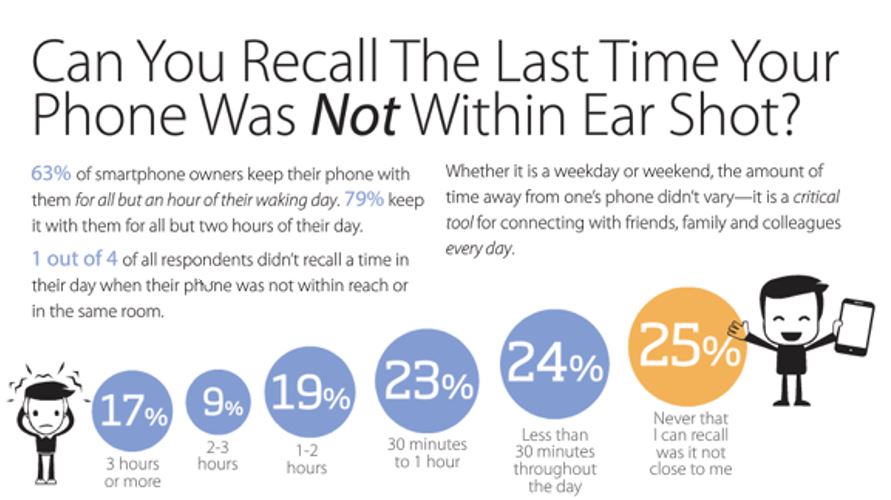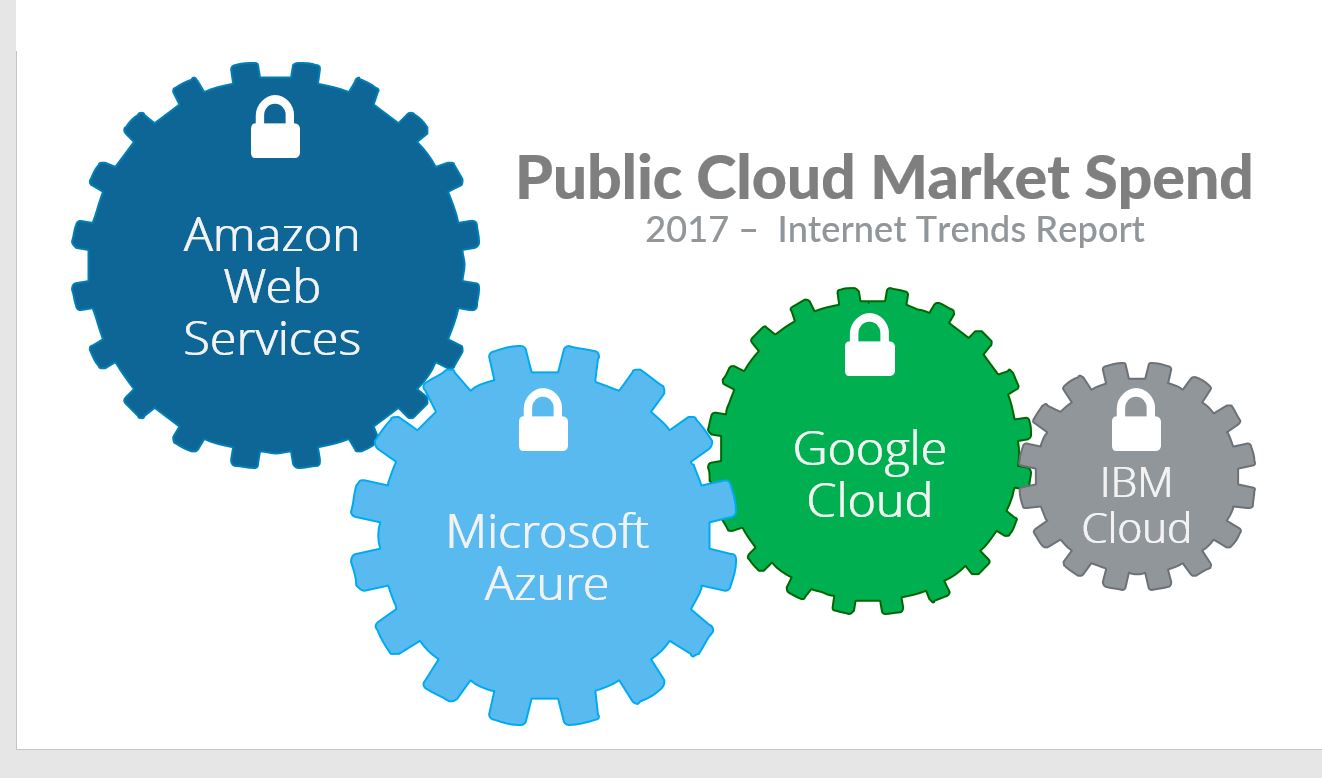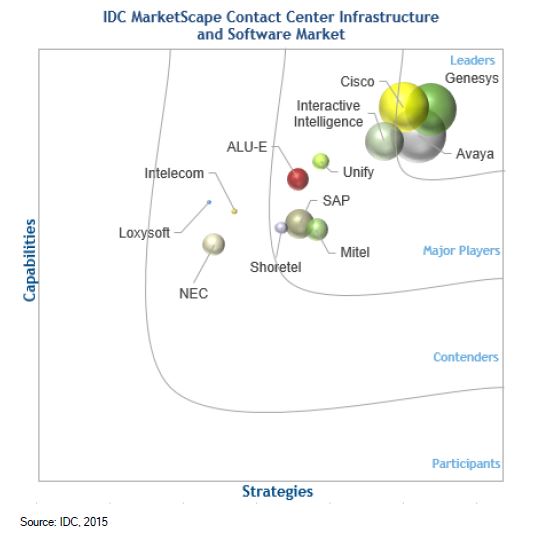1. THE FASTEST GROWING DEMOGRAPHIC ON TWITTER IS THE 55–64 YEAR AGE BRACKET.
This demographic has grown 79% since 2012.
The 45–54 year age bracket is the fastest growing demographic on both Facebook and Google+.
For Facebook, this group has jumped 46%.
For Google+, 56%.
Those are impressive numbers against the prevailing idea that social media is “just for teenagers.” It certainly points to the importance of having a solid social media strategy if these age brackets fit into your target demographic.
Rethink it: Keep older users in mind when using social media, particularly on these three platforms. Our age makes a difference to our taste and interests, so if you’re focusing on younger users with the content you post, you could be missing an important demographic.
2. 189 MILLION FACEBOOK’S USERS ARE “MOBILE ONLY USERS”
Not only does Facebook have millions of users who don’t access it from a desktop or laptop, but mobile use generates 30% of Facebook’s ad revenue as well. This is a 7% increase from the end of 2012 already.
Rethink it: There are probably more users accessing Facebook from mobile devices than you thought. It’s worth considering how your content displays on mobile devices and smaller screens before posting it, particularly if your target market is full of mobile users. Of course, make sure to make sharing to social media from mobile more straightforward.
3. YOUTUBE REACHES MORE U.S. ADULTS AGED 18–34 THAN ANY CABLE NETWORK
Did you think TV was the best way to reach the masses? Well if you’re after 18–34 year olds in the U.S., you’ll have more luck reaching them through YouTube. Of course, one video won’t necessarily reach more viewers than a cable network could, but utilizing a platform with such a wide user base makes a lot of sense.
Rethink it: If you’ve been putting off adding video to your strategy, now’s the time to give it a go. You could start small with simple five-minute videos explaining what your company does or introducing your team.
4. EVERY SECOND TWO NEW MEMBERS JOIN LINKEDIN
LinkedIn, the social network for professionals, continues to grow every second. From groups to blogs to job listings, this platform is a rich source of information and conversation for professionals who want to connect to others in their industry.
Rethink it: LinkedIn is definitely worth paying attention to. In particular, this is a place where you may want to focus more on new users. Making your group or community a great source of information and a newbie-friendly space can help you to make the most out of the growing user base.
Make sure you share consistently to your LinkedIn company page and profile by, for example, scheduling your posts.
5. SOCIAL MEDIA HAS OVERTAKEN PORN AS THE NO. 1 ACTIVITY ON THE WEB
We all knew social media was popular, but this popular? Apparently it’s the most common thing we do online. So next time you find yourself watching Kitten vs. Watermelon videos on Facebook, you can at least console yourself with the fact that the majority of people online right now are doing something similar.
Social media carries more weight than ever. It’s clearly not a fad, or a phase. It continues to grow as a habit, and new platforms continue to appear and develop.
Rethink it: Putting time and effort into your social media strategy clearly makes sense in light of these stats. If you weren’t already serious about social media, you might want to give it a bit more of your time now.
6. LINKEDIN HAS A LOWER PERCENTAGE OF ACTIVE USERS THAN PINTEREST, GOOGLE+, TWITTER AND FACEBOOK
Although LinkedIn is gathering new users at a fast rate, the number of active users is lower than most of the biggest social networks around. So more people are signing up, but they’re not participating. This means you’re probably not going to have as good a response with participatory content on LinkedIn, like contests or polls, as you might on Facebook or Twitter.
Rethink it: If you’re hoping to get people involved, think about which platforms are best for that. Looking at the latest Twitter statistics and Facebook statistics, these platforms might be a better place for your contest or survey, while passive content like blog posts or slide decks might be just right for your LinkedIn audience.
7. 93% OF MARKETERS USE SOCIAL MEDIA FOR BUSINESS
Only 7% of marketers say they don’t use social media for their business. That means there are lots of people out there getting involved and managing a social media strategy. It’s becoming more common to include social media as part of an overall marketing budget or strategy, as opposed to when it was the outlier that no one wanted to spend time or money on.
Rethink it: If you’re struggling to make your strategy work, or you just want some advice, you don’t have to go it alone. If 93% of marketers are using social media for business, you can probably find someone to give you a hand. Plus, there are lots of blogs, videos and slide decks around to help you out. Be sure to find the right social media management tool for you to stay on top of everything.
8. 25% OF SMARTPHONE OWNERS AGES 18–44 SAY THEY CAN’T RECALL THE LAST TIME THEIR SMARTPHONE WASN’T NEXT TO THEM
It’s pretty clear that mobile is a growing space that we need to pay attention to. And we’ve all heard the cliché of smartphone owners who don’t want to let go of their phones, even for five minutes. Well, apparently that’s not too far from the truth. If 25% of people aged 18–44 can’t remember not having their phone with them, there are probably very few times when they’re not connected to the web in some way.

Rethink it: While you can reach people almost anytime, since they have their smartphones with them almost always, this also means you can interrupt pretty much any part of their lives. Don’t forget that having a phone in your pocket all the time isn’t the same as being available all the time.
9. EVEN THOUGH 62% OF MARKETERS BLOG OR PLAN TO BLOG IN 2013, ONLY 9% OF US MARKETING COMPANIES EMPLOY A FULL-TIME BLOGGER
Blogging is clearly a big focus for marketers who want to take advantage of social media and content marketing. This is great, because blogging for your business has lots of advantages: you can control your company blog, you can set the tone and use it to market your product, share company news or provide interesting information for your customers. With only 9% of marketing companies hiring bloggers full-time, however, the pressure to produce high-quality content consistently will be a lot higher.
What a lot of people struggle here is how to write the best headlines for your articles, when the best time is to publish posts and lots of other blogging questions that arise when people are starting out.
Rethink it: If you don’t have (or can’t afford) a full-time blogger for your business, be aware that having a content strategy that requires consistently posting on your blog will mean a lot of work for your marketing team and/or other team members in your company to keep up that volume. This can work, it’s just important to realize how big a task it is to run with a full-time content strategy without a full-time content creator.
10. 25% OF FACEBOOK USERS DON’T BOTHER WITH PRIVACY SETTINGS
We’ve seen a lot of news about social media companies and privacy. Facebook itself has been in the news several times over privacy issues, Instagram users recently got in a kerfuffle over changing their terms of service, and the recent NSA news has seen people become more conscious of their privacy online.
But despite these high-profile cases of security-conscious users pushing back against social networks and web services, Velocity Digital reports that 25% of Facebook users don’t even look at their privacy settings.

Rethink it: Assuming that all of your customers are thinking along the same lines could be a big mistake. Especially if you’re basing that on what you’ve heard or read in the tech news. Remember that your customers might have very different priorities than what you expect.
Your social media strategy really comes down to what your goals are, and who your target customers are, but it doesn’t hurt to pay attention to the trends happening across the web. Hopefully these stats will help you to identify trends that will affect your strategy and adjust accordingly.
First appeared on buffersocial















 There is even an element of sophistication in the development of malvertising, as cyber criminals are able to conduct attacks with some degree of selective targeting – much in the same way that legitimate ads can.
There is even an element of sophistication in the development of malvertising, as cyber criminals are able to conduct attacks with some degree of selective targeting – much in the same way that legitimate ads can.
Recent Comments